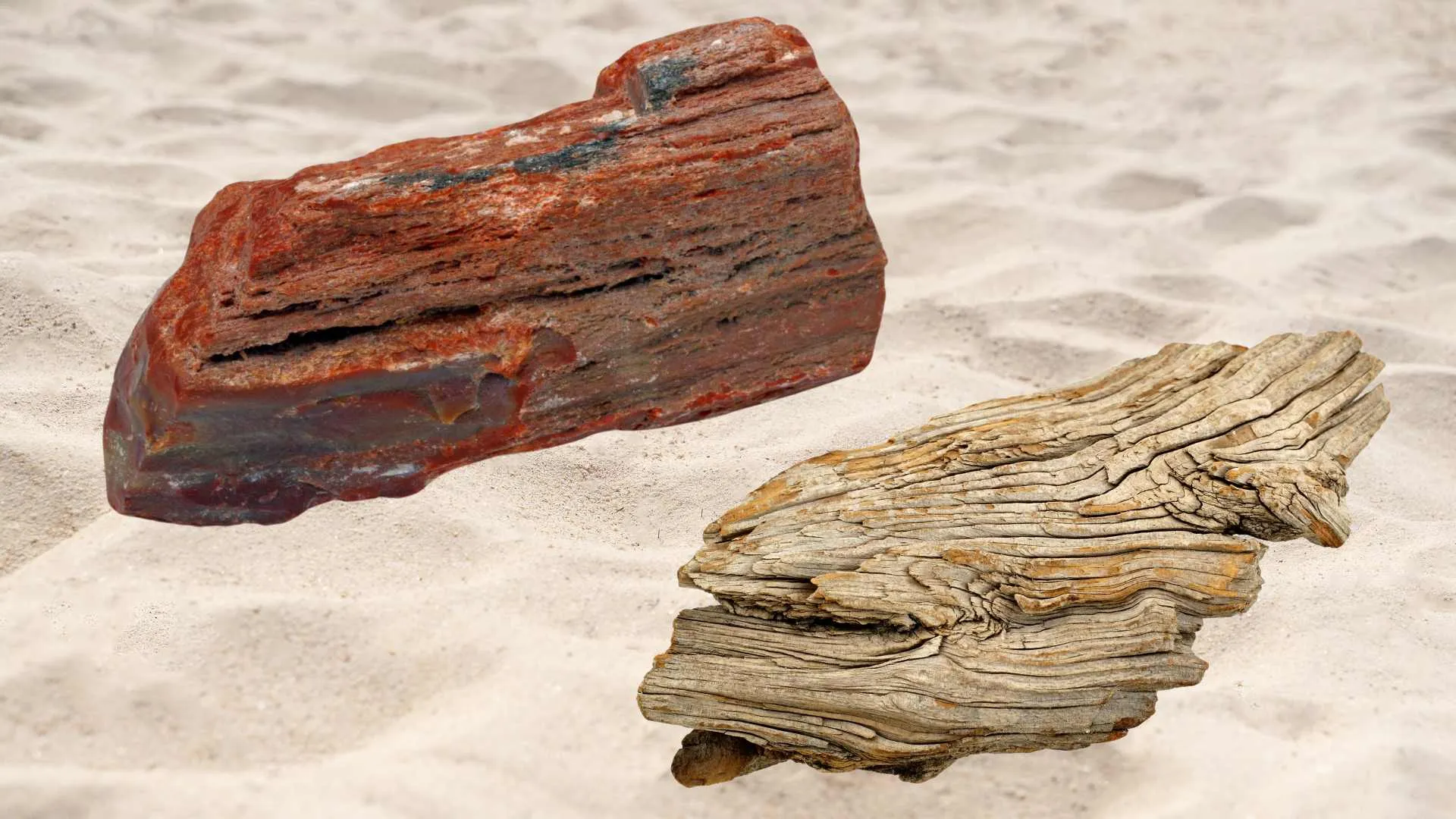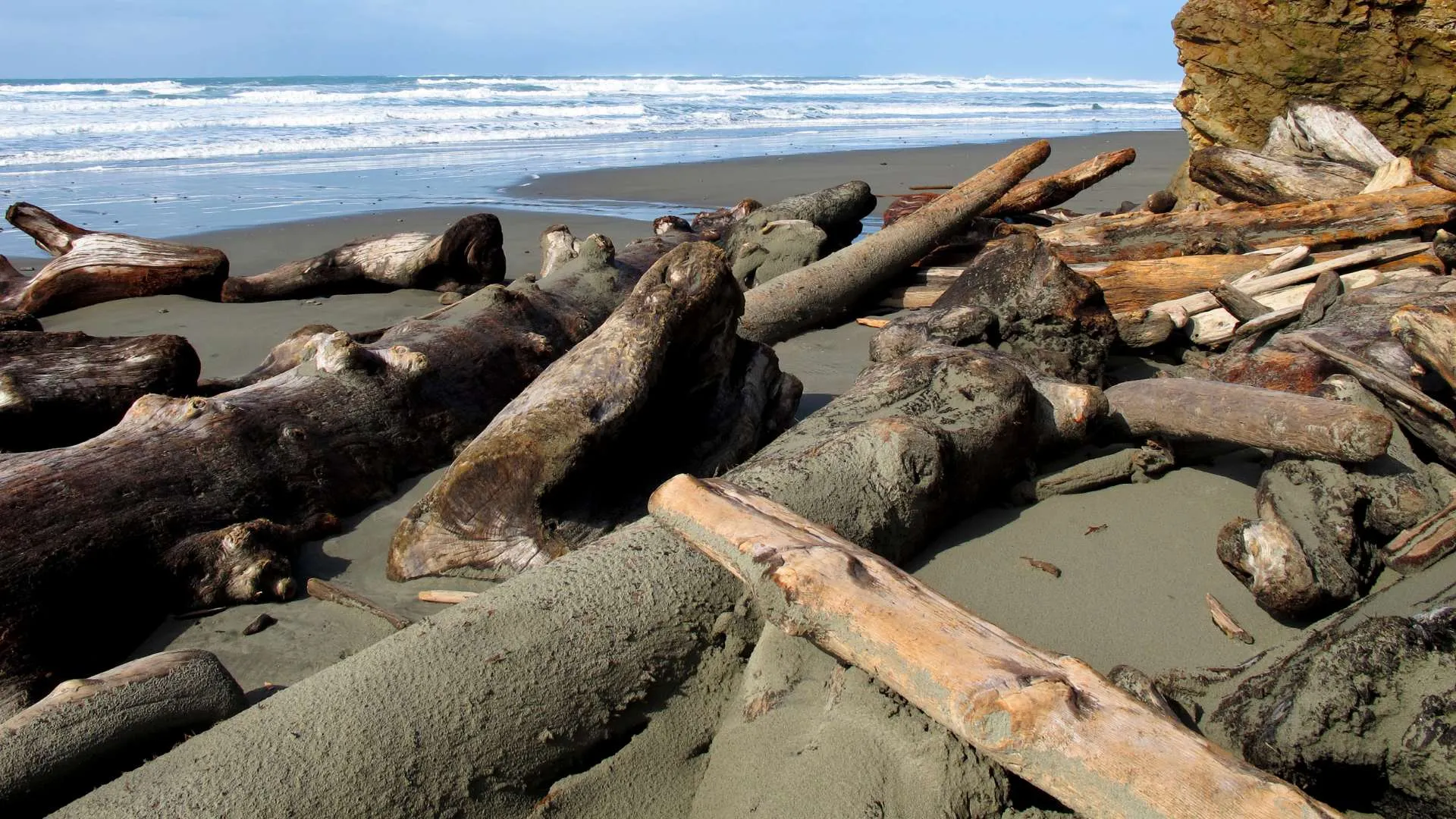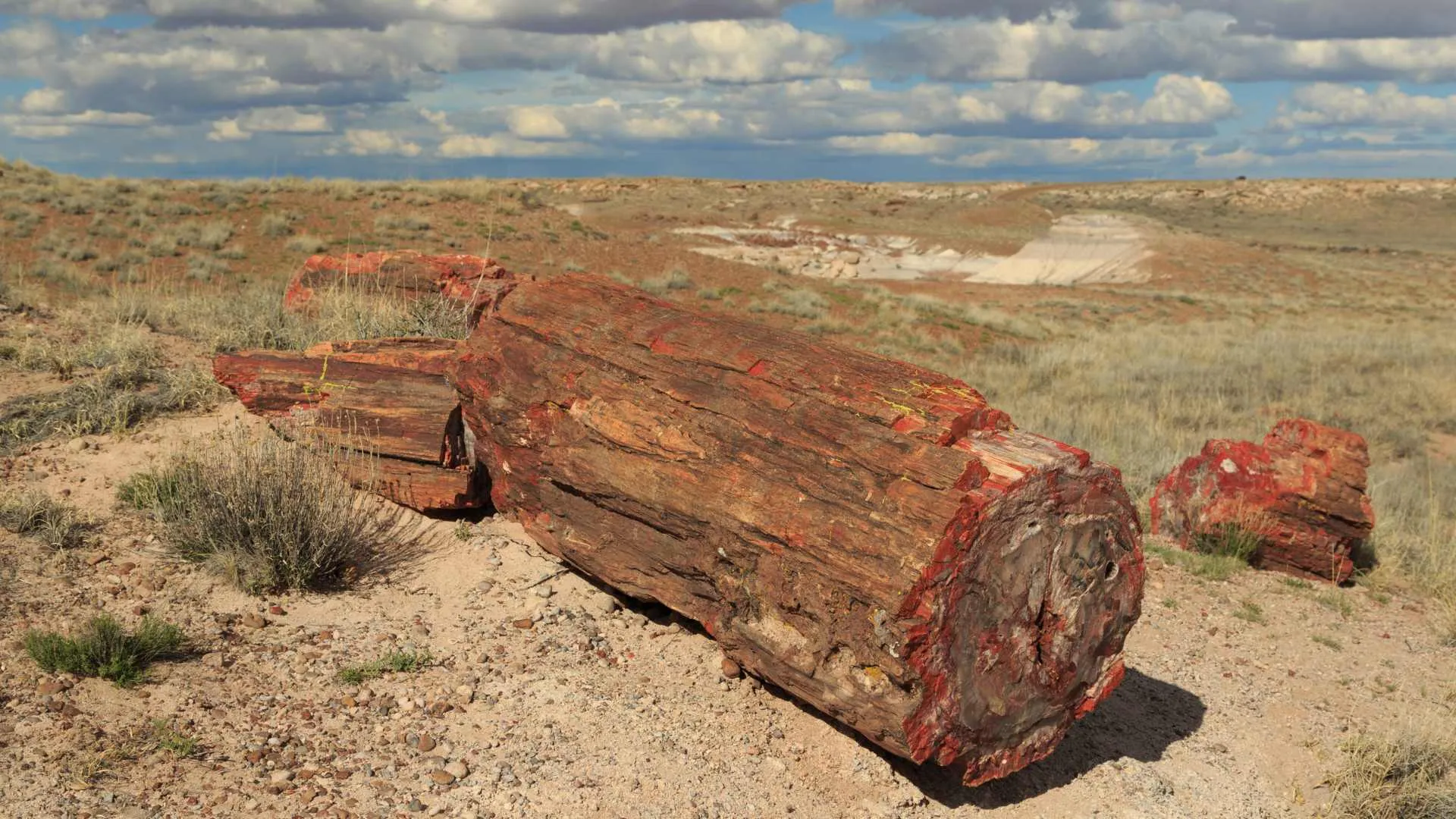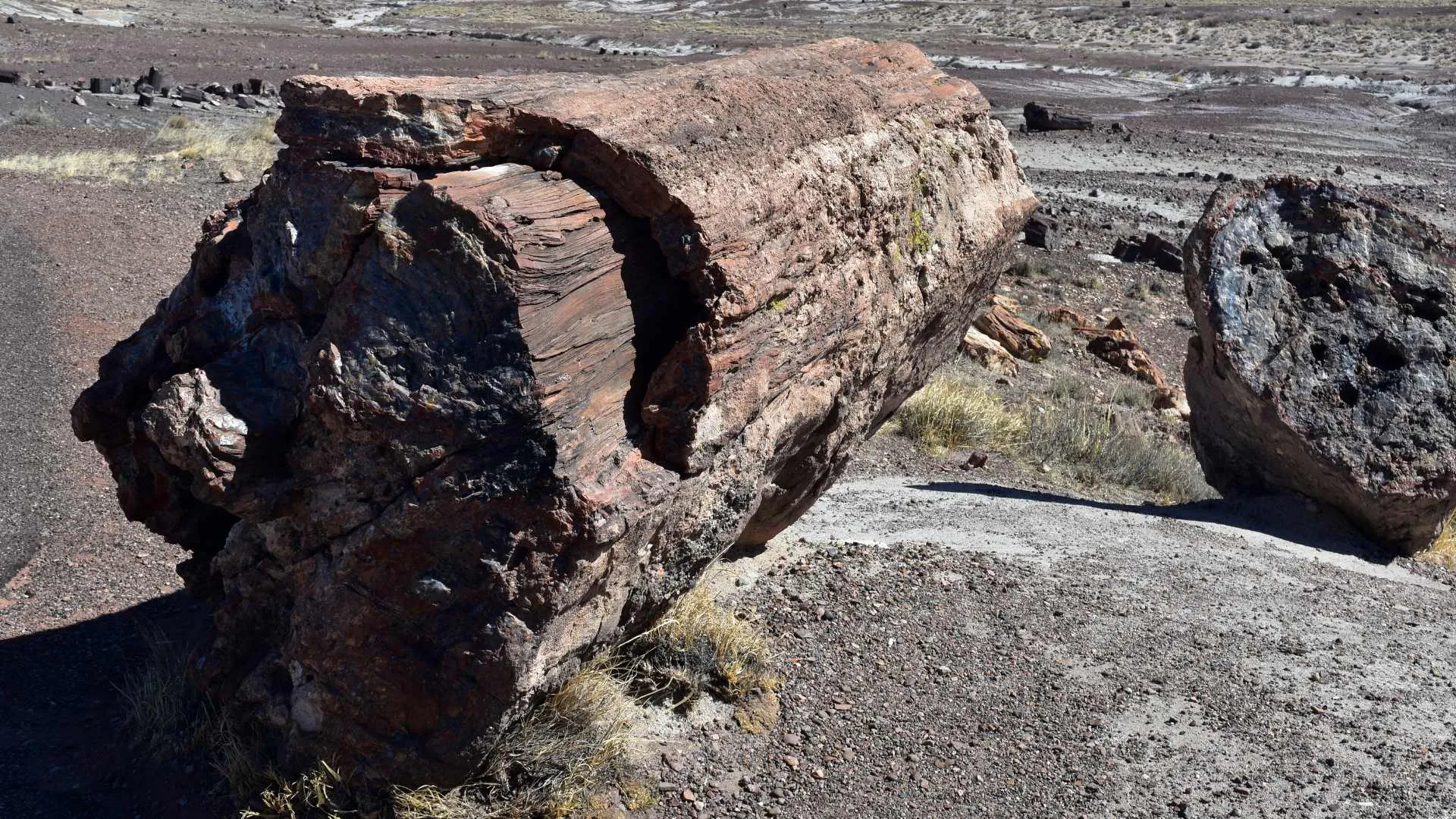Differences between Driftwood and Petrified Wood
POSTED ON JAN 20, 2024

When looking at driftwood and petrified wood at the same time, both seem to not have differences and it is hard to tell which is which. One thing is for sure though and that is they are both once a standing wood. They also succumbed to the power of water but in very different ways.
What is a Driftwood?
Driftwood is a part of a tree that has been transported by water to the shoreline. It is typically seen on shores and areas near lakes and rivers. When wood is finally out from the main tree, it will be carried by the flow of rivers or streams and soon be discovered by collectors or sellers of driftwood.
In addition, it is not just a wood falling; rather, it also involves a scientific process. The driftwood soaked in water can expose it to various elements which would result in a smooth surface and round edges of the wood. Driftwood is at its best appearance when it looks worn out.

The transformation of wood into driftwood isn't just physical. Each type of driftwood carries evidence of its origin, the waterways it navigated, and the landscapes it encountered before settling on the shoreline. In simple words, types of driftwood have a unique story to tell! The size of driftwood varies based on the places it has traveled.
Driftwood holds a practical and artistic appeal as well. Collectors and sellers of driftwood often incorporate them for creative pieces like sculptures, furniture, and decorative pieces. Its physical appearance and the history it holds make it a medium for nature and art to intersect.
Driftwood, a versatile material, adds a natural touch to landscaping or creative projects. Its unique form reflects the dynamic relationship between land and water, merging nature with art. Despite its aesthetic appeal, the cost of driftwood is a factor to consider for those looking to incorporate it into their designs.
What is Petrified Wood?

Petrified wood involves a geological process called petrification. This is a process of replacing materials in wood with minerals like quartz. This will result in a stone-like substance that still has the appearance of wood originally.
Moreover, the petrification process includes the isolation of wood to oxygen so that it will hinder from decaying. As time goes by, groundwater will reach the buried wood. This water contains dissolved minerals and it slowly precipitates and crystallizes the wood’s cellular spaces. Once the wood completely absorbs the minerals, the flexible organic material it originally had is now a stone-like structure.
The process of petrification is a known way of producing fossils with exceptional detail, making petrified wood a significant material for scientists and enthusiasts. Petrified Wood in Feng Shui is considered a strong grounding element that brings stability and balance to the space. It not only provides insights into the ecosystem but also reminds us of the beauty that has been captured by time and geological transformation.
Differences between Driftwood and Petrified Wood

The formation processes of driftwood and petrified wood differ from one another as well as their characteristics and uses. Driftwood, a product of weathering and smoothing, retains its composition and value due to decorative processes. Widely utilized for artistic and decorative purposes, driftwood decor adds a natural touch to various settings.
Petrified wood is a fossilized wood that undergoes a process of petrification where the organic materials and wood have been replaced by minerals like quartz. Even Though its materials are replaced, its cellular structure is still preserved. It captivates the scientific and aesthetic interests of the people.
Above all, the things to remember is that driftwood is shaped by water and weathering while petrified wood is shaped by petrification.
Similarities of Driftwood and Petrified Wood
Although driftwood and petrified wood have differences, both also have several similarities.
Origin
Both originated from trees. Driftwood with its origin in fallen tree parts like branches and/or trunks, contrasts with petrified wood. Petrified wood results from fossilization, significantly impacting ancient trees.
Process
Both underwent a natural process of transformation. Driftwood is shaped by weathering while petrified wood is shaped by petrification.
Appeal
Both have an aesthetic appeal and are appreciated equally because of that quality. Driftwood is smoothed out by a weathering process and it can be used as a decorative item while petrified wood has a stone-like structure and still has the intricate design of its original look and is used for research or decor.
Related: Exploring the Cost of Petrified Wood
Connection with water
Both require water to be shaped according to the people’s interests. Driftwood is transported on water until it reaches or settles on shore or areas near lakes or rivers. While petrified wood absorbs water with dissolved minerals that lead it to its crystallization.
Natural Beauty
Both are appreciated because of their natural beauty. Both also have an exposure to natural transformation, making them distinct from other decorative items and such. Despite these shared qualities, it is important to know which is which to not misuse. Knowing its geological processes and final composition is as important as knowing its name and appearance.
In summary, while driftwood and petrified wood share similarities as products of trees, both undergoing natural processes and possessing aesthetic appeal, they differ significantly. Driftwood is shaped by weathering for decorative purposes, retaining its original composition. In contrast, petrified wood undergoes petrification, replacing materials with minerals to form a stone-like structure, making it scientifically valuable. Understanding these differences is crucial for appreciating the unique qualities of each material.
ARE YOU INTERESTED IN DRIFTWOOD DECOR?
If you have projects that need driftwood ideas, don't hesitate to contact us.
© 2023 DB Texas Driftwood Artists
